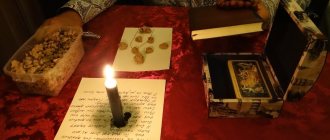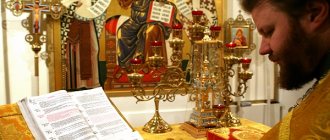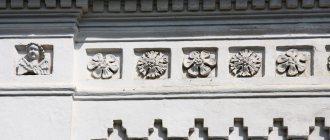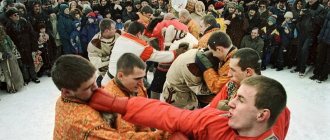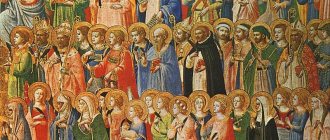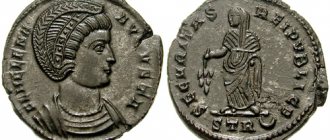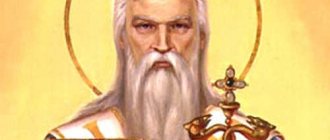Elements of iconography
In most images, the Virgin Mary is depicted with a baby - Jesus Christ, sitting on her right, less often - on her left hand. The gaze is directed at the person praying and, depending on the specific variety, may look calm or tired of human sins.
The Mother of God traditionally wears a maforium - the clothing of married women. The stars on the robe simultaneously mean purity and are a symbol of the Holy Trinity. There is a halo above the head of the Virgin Mary.
The iconographic images contain the inscriptions: “MR OU” and “IC XC”, which means the names “Mother of God” and “Jesus Christ”, respectively. In the version of the Oranta icons, Jesus is depicted on the medallion of the Virgin Mary, and the Blessed Virgin herself is depicted standing, with her hands raised in prayer.
Prayers
There are as many prayers to the Most Holy Mother of God as there are varieties of her images. It is generally accepted that it does not matter which icon you pray to, since the prayer is addressed not to a specific image, but to the saint depicted on it.
The most important thing is that prayer must be sincere, come from the heart and carry exclusively noble intentions. Here are some of the basic, commonly used prayers.
First
“My Blessed Queen, My Hope, Mother of God, Shelter of orphans and wanderers, Protector, Joy of the grieving, Protector of the offended! You see my misfortune, you see my sorrow; help me as a weak person, guide me as a stranger. You know my offense: resolve it according to Your will. For I have no other help than You, no other Protector, no good Comforter - only You, O Mother of God: may you preserve me and protect me forever and ever. Amen".
Second
“Virgin Mother of God, Rejoice, Most Gracious Mary, the Lord is with You! Among women, You are the most blessed. Blessed is the Fruit of Your womb, for You have given birth to the Savior of our souls.”
Third
“My most blessed Queen, my Hope, Mother of God, shelter of orphans and protector of wanderers, joy of the grieving, patroness of the offended! You see my misfortune, you see my sorrow; help me as a weak person, guide me as a stranger. You know my offense: resolve it according to Your will. For I have no other help than You, no other Protector, no good Comforter - only You, O Mother of God: may you preserve me and protect me forever and ever. Amen".
Source
Four types of saint images
There are four main types of images of the Virgin Mary.
The first type of iconography is the Sign or Oranta. The Mother of God here is represented praying, raising her hands to the sky, on her chest is a beautiful medallion with the image of Christ.
The second type is Hodegetria. The Virgin Mary stands half sideways, and the baby Jesus sits on one of her arms. Usually the Mother of God is depicted from the waist up, but there are icons that are distinguished by their shoulder-length composition. Most of the ancient images attributed to the Evangelist Luke belong to this type.
The third variety is Tenderness. The Mother of God bows her head to the baby, and he hugs her neck.
The fourth type is Akathist. It includes icons that are not included in the first three types, including rare examples that do not include the baby Jesus.
